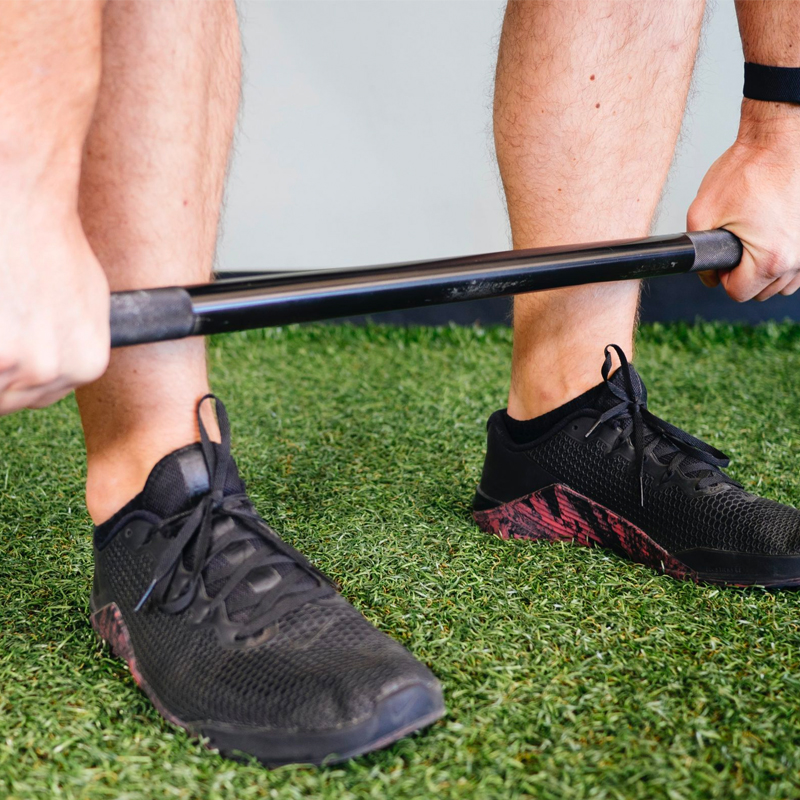Why do my hamstrings feel tight?
Is it because the muscle length is actually in a shortened state?
What about for those of us who have stretched our hamstrings regularly, but there isn’t much change in pain, how tight they feel or improvements in flexibility?
Complaints of tightness in the hamstrings and not being able to bend over and touch the toes, for example, is one of the most common complaints I’ve heard patients report in my clinical practice over the past 10 years.
Stretching can be good in some of these cases, especially if it helps alleviate pain. However, I’d estimate the majority of people with tight-feeling hamstrings don’t have a true muscle length issue, but rather, are feeling tightness for a completely different reason: their hamstrings are underloaded and hypersensitive.
Brief Hamstring Anatomy Review
The hamstrings are actually 4 muscles combined: the biceps femoris (long & short head), semimembranosus, and semitendinosus.
The hamstrings are a 2-joint muscle, originating at the ischial tuberosity of the pelvis (the bone you sit on), and inserting into the tibia and fibula bones of the lower leg. They are innervated by the sciatic nerve (more on this below).
The basic actions of the hamstrings are knee flexion and hip extension. Since the hamstrings attach to the pelvis, pelvic positioning and control can influence how the hamstrings feel and function. For example, if the pelvis tilts anteriorly excessively due to poor lumbar spine control during a weightlifting exercise, it may irritate the hamstrings or sciatic nerve.
What is Neurological Tightness?
A muscle that is truly shortened or lacking length is different from tightness that the muscle is holding due to a neurologic reason. This neurologic, or perceived tightness, happens when the nervous system is alerted to the “threat” from an injury or feels the need to continue to guard the body due to factors such instability, weakness or pain. This protective response comes 100% from the brain.
Neural structures like the sciatic nerve can be responsible for persistent hamstring tension, since its pathway lays within the hamstring bed of muscle tissue. So when there is any sort of stretch or pressure, the sensitized tissue will cause you to feel tension, pain, or even numbness & tingling.
One important thing to note about this neurologic or perceived tightness is that it is STILL tightness and not all in your head (Kuilart, et al., 2005).
Strengthen To Lengthen
- Toe-touch progression (test/retest)
- Reverse toe-touches
- RDL (loaded)
- Kickstand RDL
- SL RDL
- Dead Bug (to improve lumbopelvic position and control which influences the anterior and posterior muscles of the pelvis)
All of these exercises are demonstrated and explained on our YouTube channel.

Written by Nick DiSarro, PT, DPT, OCS
Sources:
Kuilart, K., Woollam, M., Barling, E., & Lucas, N. (2005, September 09). The active knee extension test and slump test in subjects with perceived hamstring tightness. Retrieved February 02, 2021, from https://www.sciencedirect.com/science/article/abs/pii/S174606890500060X
Disclaimer:
The content in this post is intended for educational purposes only. No information in this post is to be taken as medical or health advice. See a healthcare professional if you have any questions about your individual needs




